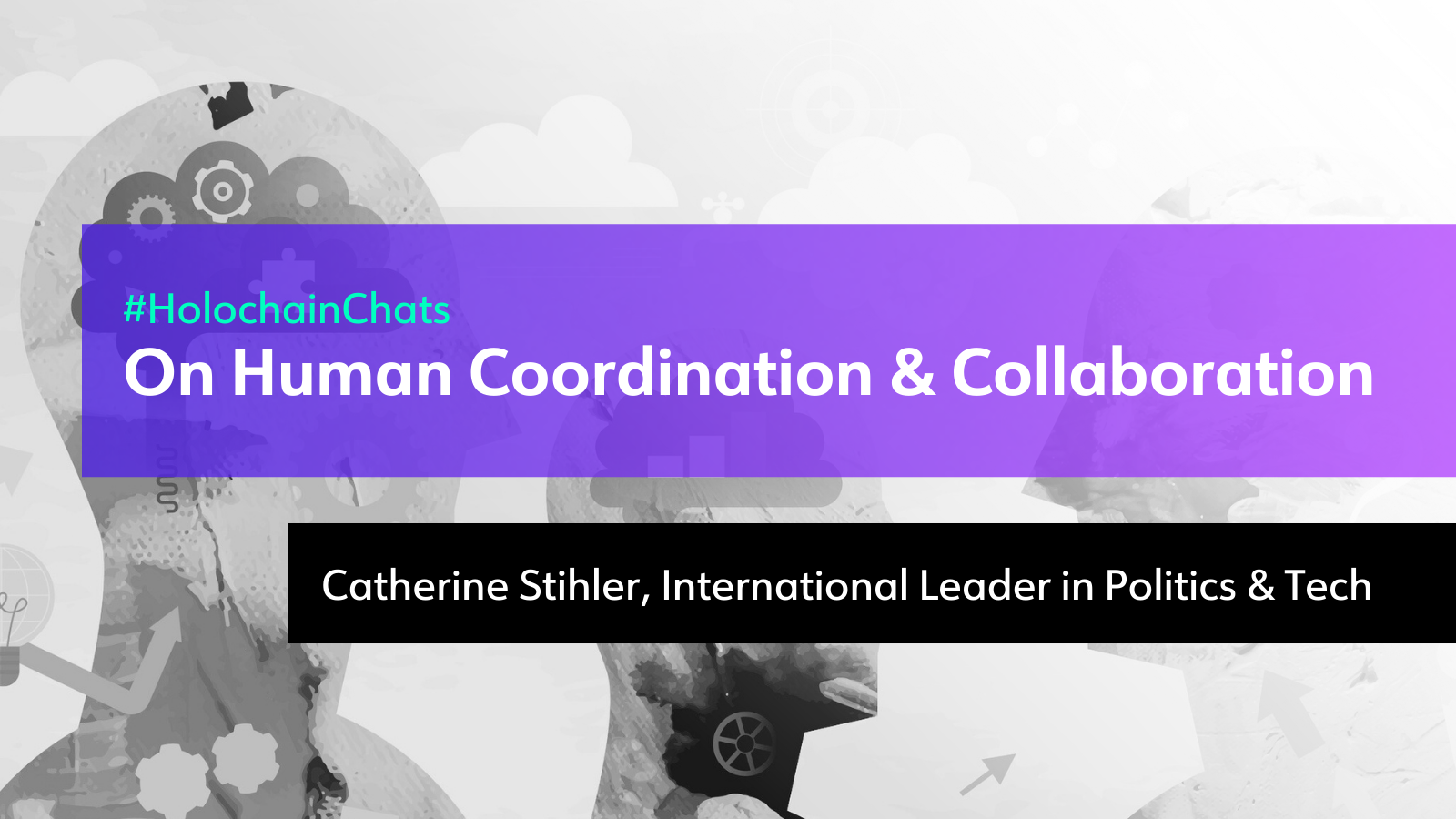A context note from Mary Camacho:
As the executive director of an organization exploring new models of human synergy and coordination, I often think about how we can enable more inclusive collaboration globally.
So it was thrilling to have the chance to speak with Catherine Stihler, whose decades of experience in geopolitical relations has given her deep wisdom.
Our wide-ranging conversation covered many aspects of policy, technology, and governance. Fundamentally, it centered on a key question — how do we bridge the many divides that hinder human cooperation and collective problem-solving?
There were no simple answers, but identifying the barriers provided inspiration to keep striving for coherence across cultures. By exploring the intersections of technology, regulation, and how groups communicate, we identified commonalities underlying collective problem-solving. What follows is a summary of key noticings from the conversation.
Cultural Perspectives Complicate Collaboration
Successful collaboration requires navigating varied mindsets and worldviews — a complex challenge. As Stihler noted, “How do you culturally navigate spaces and places?”
Her multinational career has shown that coherence demands understanding perspectives. Within the EU parliament alone, discussion happens in over 20 languages, demonstrating the diversity of communication styles. Even basic terms can mean different things across cultures.
Friction naturally occurs when bringing together people with different assumptions and motivations. As Stihler experienced, this tension is integral, if sometimes uncomfortable.
During negotiations, she focused on the ultimate policy aims that transcended cultural barriers. She focused on finding common purpose-centered compromises. Still, bridging divides can be challenging, given subjective identities and priorities. We must accept messiness in sharing space.
Keeping communication open despite discomfort aids progress. And the groups who govern play a key role in establishing incentives towards mutual understanding.
Inclusive Governance Requires Uncomfortable Coherence
Governance and policy processes necessitate navigating conflicting interests to reach collaborative decisions. As noted, this process contains inherent “tension” and “discomfort.” When representing constituencies with varying needs and values, perfect solutions fail.
Progress means reconciling disagreements.
Stihler recounted challenging EU regulations where health priorities competed with economic ones. Compromising entailed painful sacrifices on multiple sides. However, with shared underlying aims, adversaries transformed into collaborators united by a common purpose
While universal access to collaboration and information is ideal, Stihler noted that some limitations can spur healthy competition, stating:
“Not all barriers are bad. Some can encourage innovations.”
For example, within a single economic market, preventing total domination by one company allows space for newcomers and alternate models like co-ops. Rules ensure stability while still providing openings for diverse contributors.
Overcoming Persistent Digital Divides
Despite the connectivity promised by digital tools, barriers still limit access and divide users. As Stihler explained, restrictions like “geo-blocking” prevent sharing media across country borders, hindering collaboration. While the EU’s “Digital Single Market” intended seamlessness, gaps remain, frustrating users across member states and other countries.
For non-EU countries, these false boundaries are especially visible. From a UK or US perspective, the borders seem technical and arbitrary, given the ability to instantly share data globally. However, preventing access contradicts the spirit of open digital space. We must keep pioneering tools giving users agency and accessibility.
While some limitations aim to encourage market competition, others serve little purpose beyond denying availability. More and more people cross borders because families, friends, and now businesses are moving. And the digital tools they use also evolve alongside this change. This is a sweet spot for Holochain because the architecture requires the consent of the users and apps built with it — rather than centralized server hosting to connect groups together.
Bridging Divides Through Understanding
Technology alone cannot solve barriers to cooperation stemming from varied cultural perspectives and incentives. However, frameworks that help build bridges and foster mutual understanding can assist with reconciliation.
As the EU demonstrates, keeping communication open across cultural divides provides critical conduits for compromise, even if tension persists. Institutions play a vital role in sustaining conduits for exchange.
While universal inclusion remains an ideal, moderate limitations sustaining diversity also prove essential for progress by preventing stagnant monopolies and stimulating competition. With open, equitable rules of engagement, such friction engenders innovation rather than isolation.
As remote and hybrid work evolve, integrating the magic of embodied teamwork with virtual capabilities remains imperative to human progress. For it is amidst the messiness of the human experience that the future unfolds.
If you enjoyed this article, feel free to share it or drop a comment and share your thoughts. We want to hear from you!



